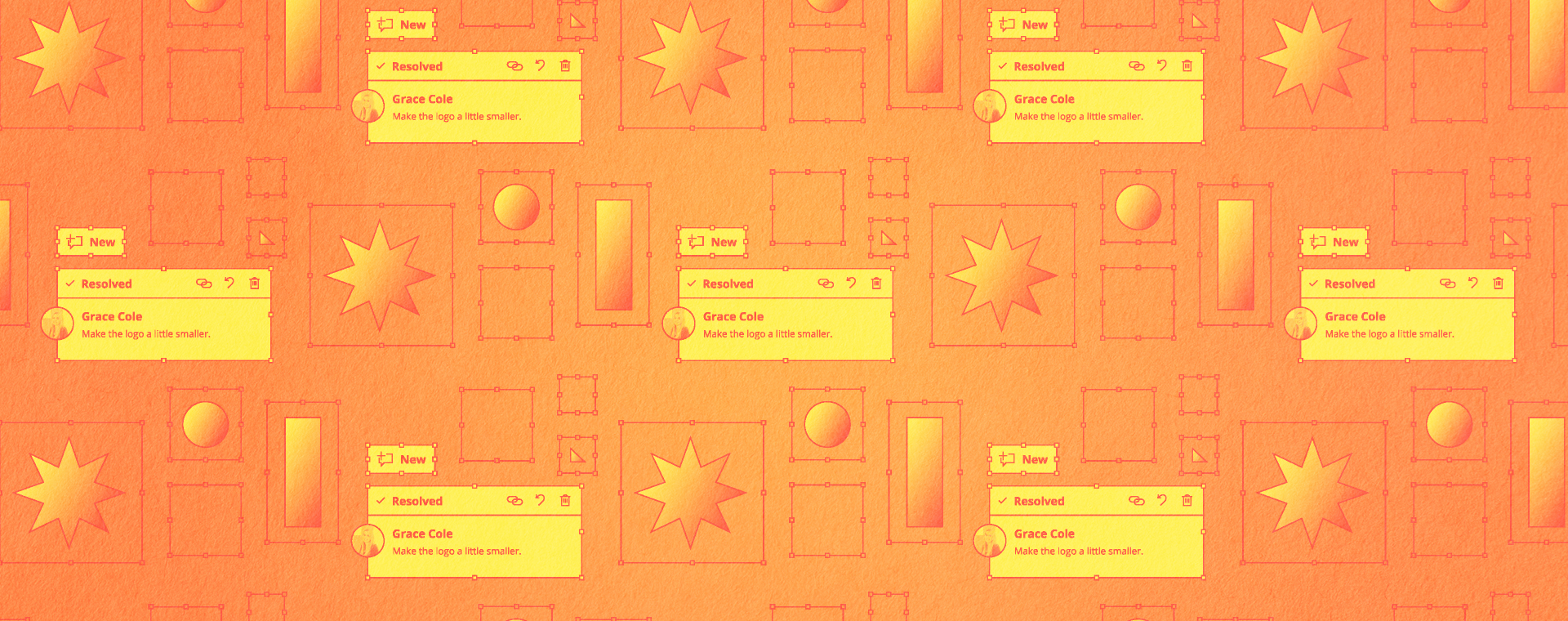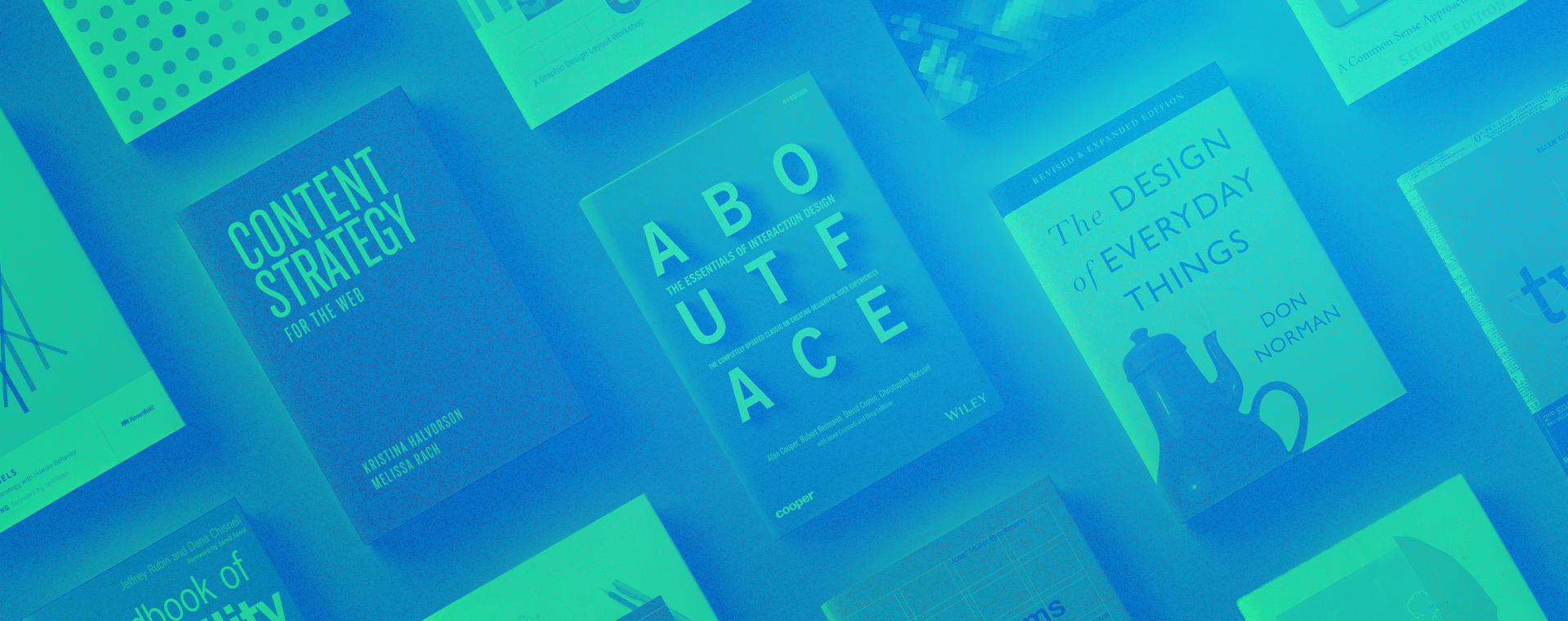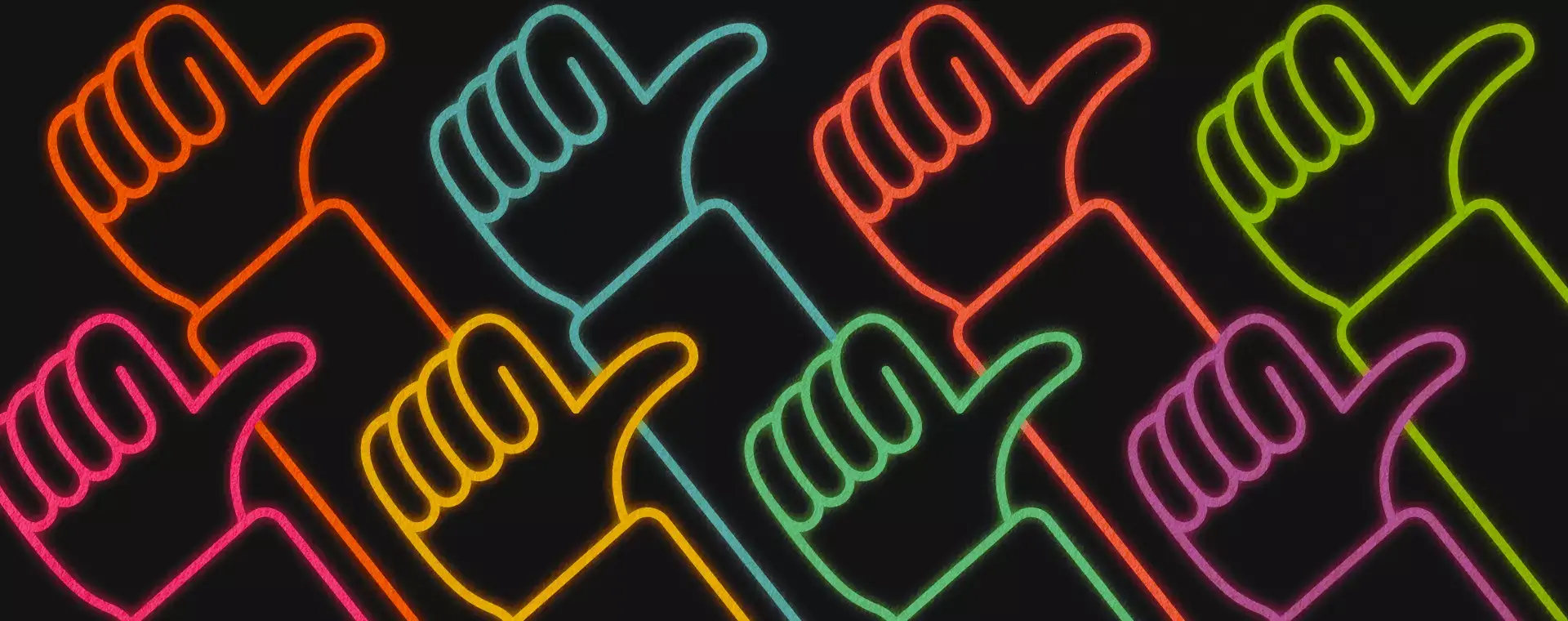Unsolicited expert advice for new design students
By: Grace Cole
September 18, 2019 | Reading Time: 3 mins
With the new school year starting, it has me reminiscing about my days in the classroom and all the things I learned there. I’ve also been thinking about all the things I’ve learned in the “real world.” While the challenges and experiences from school aren’t too far off from the ones you’ll encounter at work, I can’t help but think, “I wish I knew then, what I know now.” So to help new design students make the most of their education and start their careers off on the right foot, I’ve put together a list of my unsolicited advice and tips below.
1. Imposter Syndrome is totally normal
If you’re feeling like a fraud or questioning whether or not you should be “here”, don’t worry, that’s just your imposter syndrome talking. Yes, that’s a real thing and it’s totally normal. We all face impostor syndrome, no matter how successful, talented, or far along we are in our careers. The best way to overcome it is to flip those insecurities into opportunities to get better.
2. Always make time for yourself
No matter how busy your schedule seems to be or how tight that deadline is, always make time for yourself. Take breaks to recharge and refresh. Working for long periods without any downtime — or food — will leave you stressed and exhausted and actually hurt your ability to be creative. This leads me to my next piece of advice…
3. Recognize the difference between “taking five” and procrastinating.
Practice good time management so you’re actually able to take breaks without missing those deadlines. Make a schedule of your week and a list of your ‘to-do’s and rank them from least significant to most important. If you’re looking for a budget-friendly tool to help keep you organized, Trello is a great resource.
4. Don’t take feedback personally
You’ll get a lot of feedback over your career. Take the positive humbly and the negative objectively — never personally. Feedback — whether it’s good or bad— carries with it the opportunity to grow and improve as a person and professional. Don’t take it as a reason to brag or an excuse to flip out.
5. The client is always right (even when they’re wrong)
From time to time, you’ll need to swallow your pride and make the logo bigger.
6. Know when to ask questions and when to figure things out on your own
Ask a lot of questions, but know when to take initiative and figure things out for yourself. While getting all the answers from your team or client might save you time, their time is just as important. You’ll also learn more by finding answers on your own.
7. A new friend is a new connection.
Nurture and grow these relationships because you’ll never know when you might need a favour. That goes for fellow students, coworkers, and teachers.
8. Experiment and explore different mediums or areas of design.
Having a diverse skill set and knowledge base will make you a more well-rounded and complete designer.
9. Your writing skills are just as important as your design skills
Develop and improve your writing skills because they’re just as important as your design ones. While you don’t need to become the next William Shakespeare, communication is key to working with others — it’s also key to avoiding typos in your work. A few tools we like to use to help us write clearly are Grammarly and the Hemmingway App.
10. Practice proper file management and make a habit of it.
It’ll make your workflow a hell of a lot easier− trust me!
11. Listen to your mentors
They have years of experience and valuable wisdom to share. They’ll steer you in the right direction and give you advice you’ll remember and use for years to come.
12. Education doesn’t stop at graduation.
As a designer, you should never stop learning. There will always be another book or blog to read, podcast to listen to, and YouTube video to watch.
Long after graduation, I’m still developing my skills and learning new ones every day. Don’t expect to become an expert overnight, because like Paula Scher said after designing the Citi logo, “It took me a few seconds to draw it, but it took me 34 years to learn how to draw it in a few seconds.” Mastering your craft will take time, but with this advice, you’ll be well on your way.









